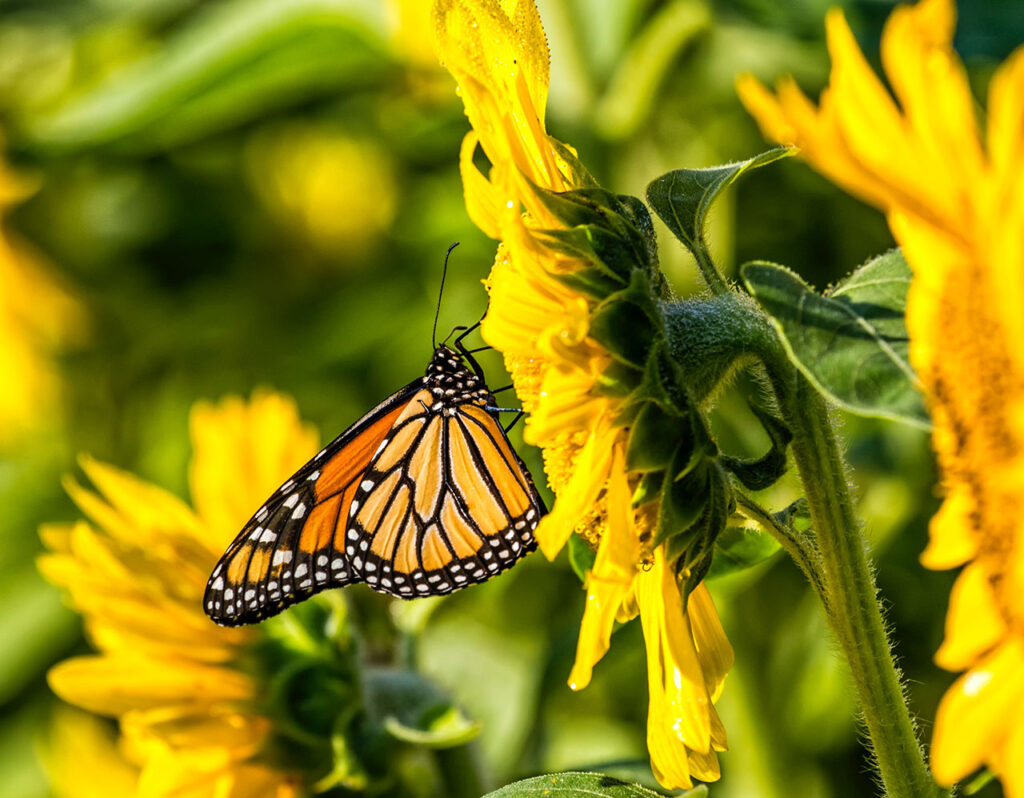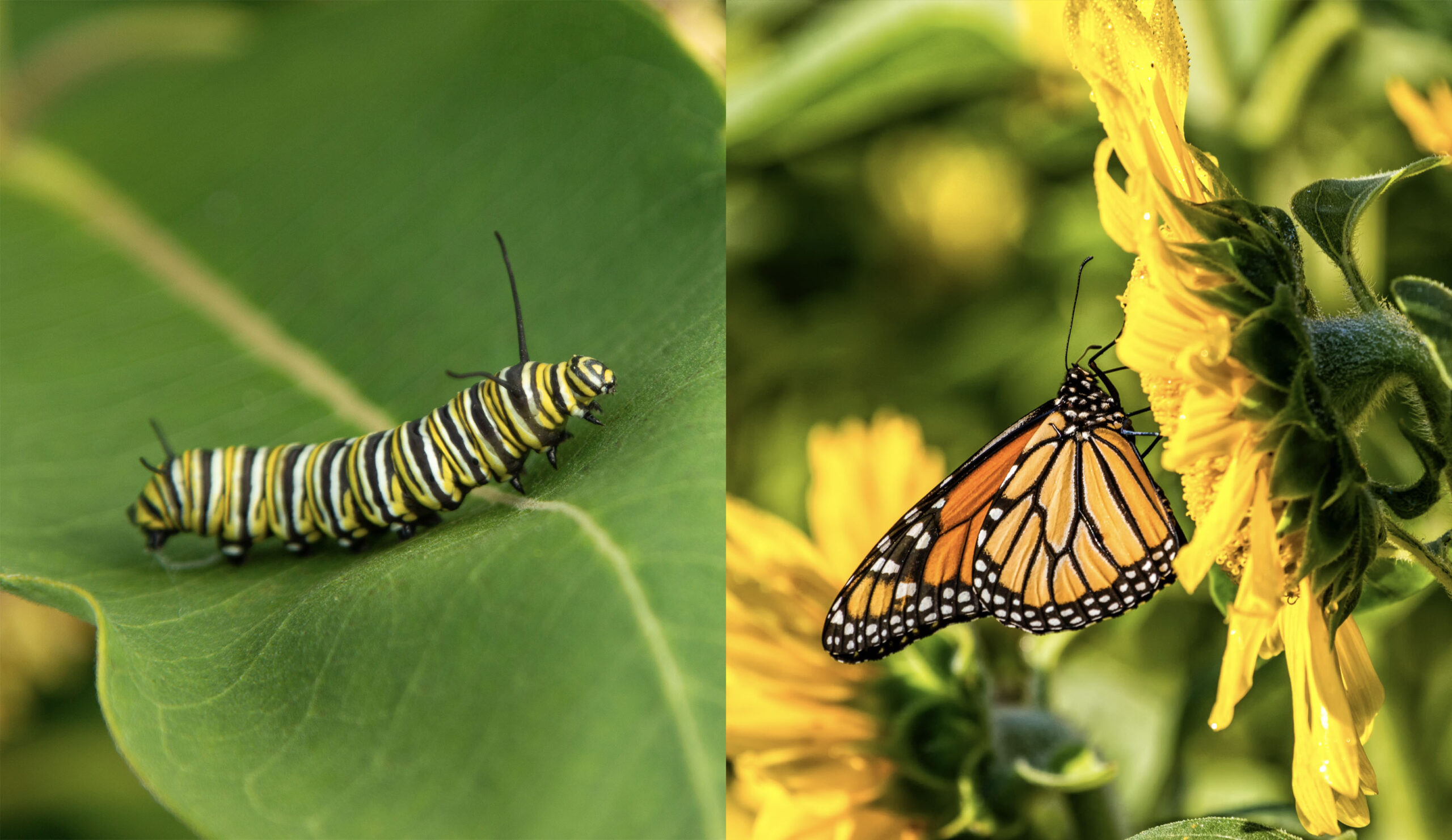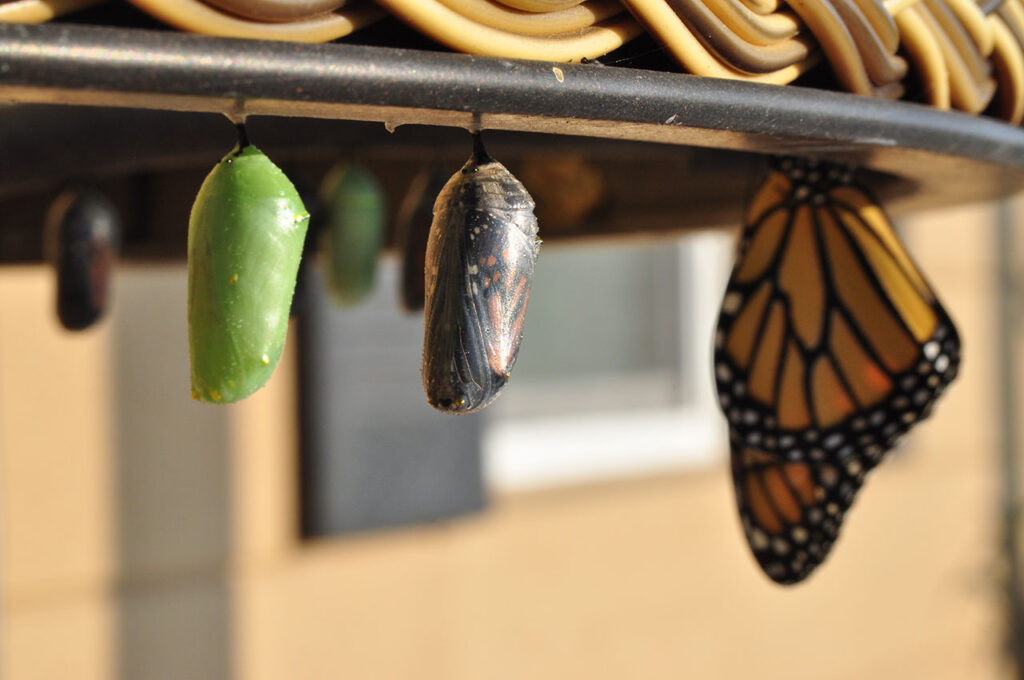In this post, we use the analysis of our primary motivation research to assess how the pandemic has changed us.
Wait a minute, Doc. Are you telling me you built a time machine…?
— Marty McFly to Doc Brown in the 1985 Back to the Future movie
2021 has not been a Back to the Future moment, but it has been a transformative time for much of America and the world. A distinctive characteristic of how the pandemic has changed us is that, while it is shaped by circumstances, it is the product of new priorities and decision criteria on the part of many individuals.
We’ve been surveying Americans about what that transformation looks and feels like. This overview of the Artemis MAP (Motivations Assessment Program) 2021 findings explains how a pandemic-infused environment has influenced the ways Americans think about their lives, what they value, and how that affects the ways they live, work, manage their health and money — and what that combination adds up to.
Three broad outcomes emerge:
- We’re living in a time of accelerated transformation
- Four distinct mindset groups reflect the range of experiences and responses
- ‘Workers taking control’ is a strikingly large phenomenon
Here’s a preview of what we’ve discovered about each of these outcomes. We have further explanation of each of these in easily-accessible notes, papers and presentations you can find here or by contacting us.
Accelerated transformation: Impact, priorities and control
In our post earlier this year, Coming out of the Cave, we highlighted the nearly two-thirds (62%) of Americans who say the pandemic time period has had a substantial and often permanent impact on their lives, detailing the extent of changes to their work, family finances and health, living and relationships.
Personal values
How have these impacts affected what we value most? Americans report four aspects of their lives that now take on higher priority:
- Flowing from the range of disruptions caused by the pandemic, the need for personal and family security has become a more prominent personal priority.
- Always an issue of some importance, the desire to gain control has expanded, especially when it comes to financial affairs. More people than before the pandemic are simply seeking stability of their finances.
- The limitations many have endured have stimulated a yearning for social connection and a blossoming understanding of its value.
- Also a product of the dynamics of the pandemic, many Americans show greater recognition of how our lives are interconnected and articulate an increase in empathy.
Personal growth
It’s hard to speak of a pandemic as a positive force. Yet, there is a silver lining that has come apace with recovery and adaptation. While the events of 2020 caused many Americans to draw back, 2021 brought a revival of confidence. The proportion of Americans saying they’re focused on ‘playing it safe’ versus ‘pursuing new opportunities’ has declined. Many agree it has been a time of personal growth.
Patterns of how the pandemic changed us: Experiences shape mindset and response
One optimistic analogy for what Americans and the world have been going through since early 2020 is the saga of the caterpillar, who one day decides to weave itself a cocoon and climb in. What happens inside remains somewhat mysterious. The essence is that the caterpillar eats itself, and then uses the purpose-driven gooey stuff to create a new animal: a butterfly.
In late 2021 Americans remain deeply engaged in a similar metamorphosis. Some were still crawling, and many were still in the gooey stage. But others were growing wings and taking flight in new directions.
America is heterogeneous, and there have always been different segments of our society with distinct priorities and ways of deciding. The noteworthy aspect of the last two years, and how it has affected different segments of our society, is that the change has been both universal and multi-faceted, touching many aspects of our lives: work, play, education, finance, health and more.
The nature of transformation
We wanted to understand better how this mixture of forces plays out across the population, so we conducted a holistic statistical analysis of American adults. In so doing, we took into account the full array of pandemic impacts and how people have responded to them. This analysis profiles four distinct segments of society, each with a different pattern of experiences and reactions. We named them in line with their dominant characteristic:
- Thrived – Lightly impacted, this small group has used this as a time to reflect and renew, growing personally and taking even more control of their lives.
- Survived – This large group includes many who have struggled the most during the pandemic. Set-back, often in multiple ways, they are working to recover but doing it cautiously.
- Unimpacted – Mostly older, few have experienced more than minor inconveniences; simple living is a common denominator.
- Adapted – A diverse group, these Americans did a reset: often significantly affected but having made sweeping changes to their lives they now are better for it.
Several observations struck us as we analyzed these segments. One is the significant size of the groups who have dealt with serious setbacks during this time period. Another is the serendipity; the adapter and survivor groups each are demographically diverse. A final encouraging finding is exactly the size and diversity of the adapter group; as noted above, the transformation has been a decidedly positive one for many.
Workers taking control
A record 4.4 million Americans quit their jobs in September, as workers took advantage of the surge in job openings across the country, a sign of how labor market imbalances continue to complicate the economic recovery 20 months into the pandemic.
The number of people quitting in September constituted 3 percent of the workforce, according to a monthly Bureau of Labor Statistics survey released Friday.
— Washington Post, November 12, 2021
The latest release of Census Bureau’s Business Formation Statistics data shows that nearly 1.4 million applications have been filed to form new businesses likely to hire employees through September of 2021 — the most through the third quarter of any year on record.
— Economic Innovation Group, October 15, 2021
This has been a time of incredible job turmoil. While it began with a burst of job losses, the resulting disruption has led many to reflect on their work lives. And plenty have chosen to go in new directions.
The large trend has been that workers have reflected on their work conditions. Often by necessity but also based on opportunity, these workers have chosen to seek out new employers and better jobs.
We were startled by the size — over a quarter of the pre-pandemic labor force — and makeup of a segment of these mobile workers. This group didn’t just change jobs; they took more personal control of their jobs. Some did so by starting a new business. Many also took control of their work situation by switching to freelancing or “gig” work. Still others shifted to self-employment.
Who are these workers?
These ‘workers taking control’ were more likely than other workers to be among those most likely to have suffered the negative consequences of the pandemic.
Despite losses, many used the opportunity to reflect and evaluate their lives. Typical comments were:
This time during lockdown gave me the break I needed to clear my mind and truly focus on the route my life has to take.
It has made me realize how self-sustainable and confident in my abilities I am. It has taught me to be myself and do what is right for ME.
They matched their reflection with shifted priorities. These workers are more likely than other workers to hold back on something previously planned. Simultaneously, they are more likely to engage in new outside-of-work activities.

The outcome for most — again, much more so than among other workers — has been greater personal satisfaction. This group also expressed paying significantly greater attention to self-care, work/life balance and life purpose.
Reflecting the range of self-driven opportunities pursued, this is a demographically diverse group. Compared to other workers, they are somewhat younger and better educated, but also more racially and ethnically diverse.
The identification of this sizable ‘workers taking control’ group coming out of the pandemic stew is both an encouraging indicator and a potential evolving trend to watch.
What next?
Over the course of the last two years, many Americans have come to look at their lives differently. Just as the work and living environments they face have evolved, so has the internal calculus of personal priorities.
For those who seek to understand and communicate with Americans for social, political or business reasons, the work summarized here suggests an intentional approach. Americans have expressed a variety of changed constituencies with evolved motivations, meaning they may be listening to messages in a new way. Of course, there’s the question of whether this is short-term adaptation or long-term trend. We’re moving increasingly to the latter view, though we’re equally convinced this is an evolution that is still playing out.








